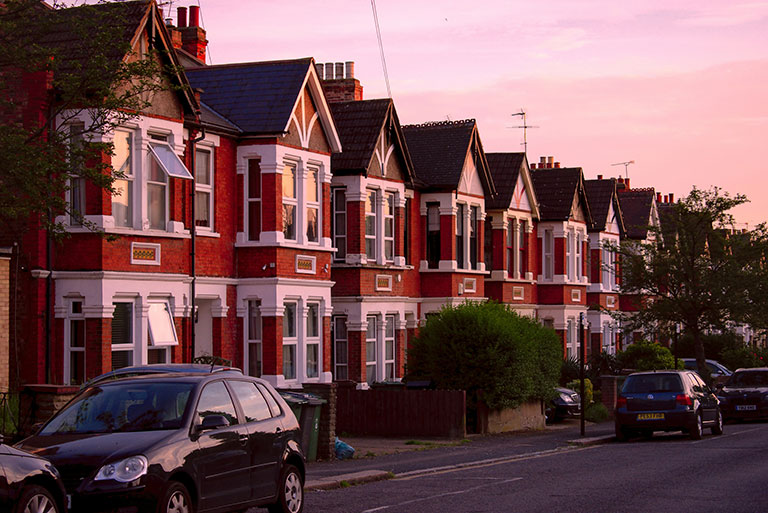Landmarks
Mitcham is home to several landmarks that showcase its historical heritage and cultural significance. Mitcham Parish Church, dedicated to St. Peter and St. Paul, dates back to the 11th century and features architectural elements from different periods, including Norman and Gothic styles. The picturesque Mitcham Common, covering 460 acres, is one of the area’s largest green spaces, offering recreational facilities, nature trails, and sports grounds. The Wandle Industrial Museum, located in the former Liberty print works, provides insights into Mitcham’s industrial past and the role of the River Wandle in local history. Additionally, Mitcham Town Centre offers a mix of shops, cafes, and restaurants, contributing to the area’s vibrant community life.
Community
Mitcham boasts a close-knit and diverse community known for its strong local identity and active participation in community events. The area hosts various festivals and cultural celebrations throughout the year, such as the Mitcham Carnival, which showcases local talent and traditions. Community organizations and residents’ associations play a crucial role in maintaining the area’s character and addressing local concerns. Mitcham’s markets, including the Mitcham Market and Mitcham Fair Green Market, offer a range of goods and foods, attracting both residents and visitors. The variety of local amenities, including libraries, leisure centers, and parks, enhance the quality of life for residents of all ages in Mitcham.
Transport
Mitcham benefits from good transport links, providing convenient access for commuters and travelers. Mitcham Eastfields and Mitcham Junction railway stations offer services to central London, Croydon, and beyond, connecting residents to major transport hubs. Numerous bus routes serve the area, providing comprehensive coverage and connections to neighboring districts and key locations across London. The proximity to major roads, including the A217 and A237, enhances accessibility for drivers. These transport options, coupled with the area’s walkability and cycling infrastructure, contribute to Mitcham’s reputation as a well-connected and accessible part of London.
Education
Education in Mitcham is well-supported, with a range of schools and educational institutions catering to different age groups and academic needs. The area is home to several primary and secondary schools, both state-funded and independent, known for their commitment to academic excellence and pastoral care. Notable schools include St. Mark’s Academy and Gorringe Park Primary School. Additionally, Mitcham’s proximity to further education colleges and universities in London provides residents with opportunities for higher education and professional development. The area’s focus on education and community involvement makes Mitcham a desirable place for families seeking quality schooling and a supportive environment for their children.
